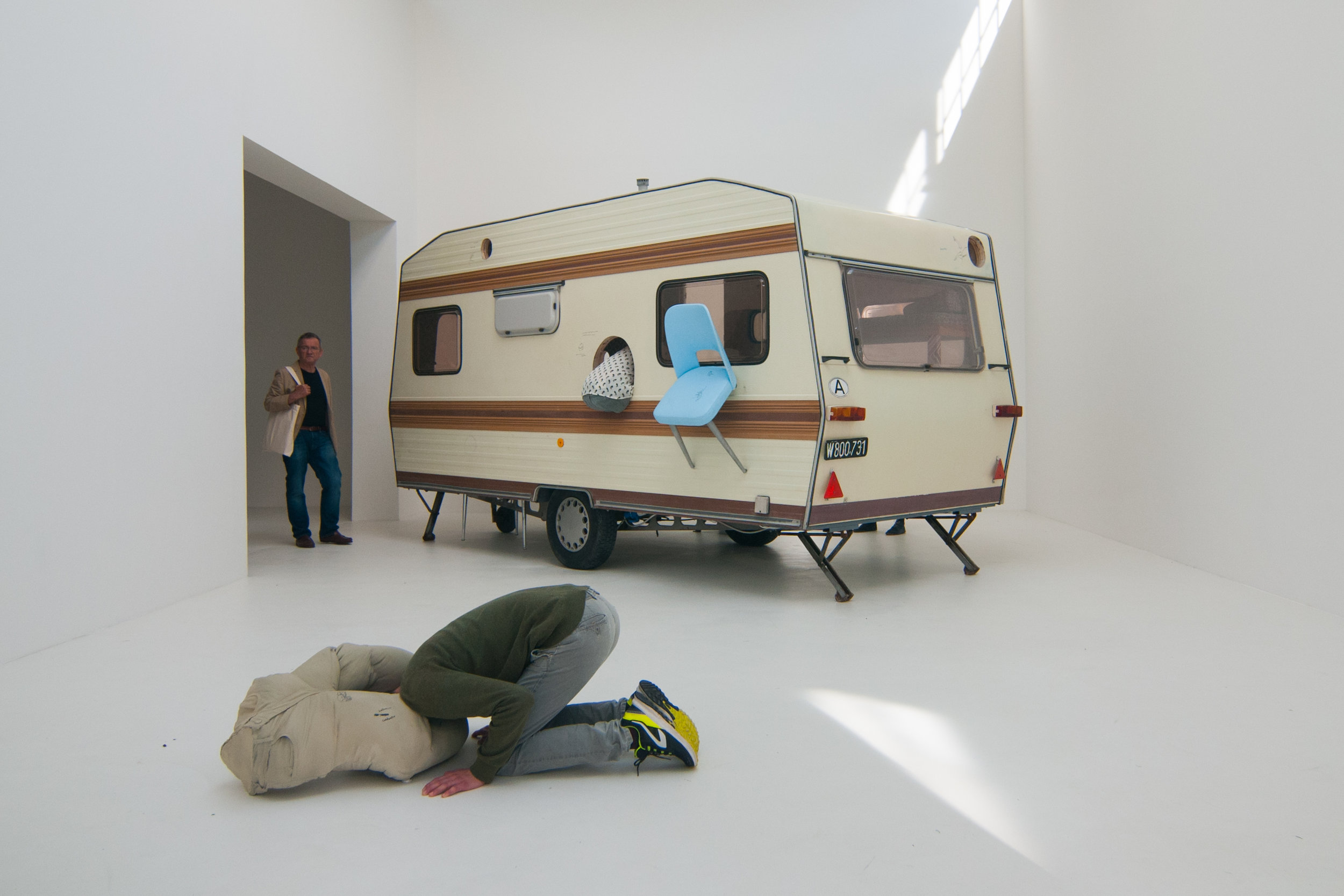Dating back to 1895, Art Biennale is one of the oldest art exhibitions in the world. Created to give voice to art and artists, the festival now celebrates all forms of art including cinema, theatre, dance and architecture.
The 58th International Art Exhibition, titled "May You Live In Interesting Times", will take place from 11 May to 24 November 2019 (Pre-opening on 8, 9, 10 May). The title is a phrase of English invention that has long been mistakenly cited as an ancient Chinese curse that invokes periods of uncertainty, crisis and turmoil; "interesting times", exactly as the ones we live in today.
The 58th Exhibition is curated by Ralph Rugoff, currently the director of the Hayward Gallery in London. Between 1985 and 2002 he wrote art and cultural criticism for numerous periodicals, publishing widely in art magazines as well as newspapers, and published a collection of essays, Circus Americanus (1995). During the same period he began working as an independent curator.
Local tip: All exhibitions and collateral events held outside Giardini and Arsenale are usually free admission. How to spot them? Easy! Just look for the red square with the white lion, the recognisable symbol of Biennale, along the streets of Venice.
How to get there
The Giardini pavilion and Arsenale are reachable by public transportation and both are walkable distance from Piazza San Marco. Our big tip is to buy a public transportation pass and jump on a waterbus to get to Giardini. From the train and bus station, get on line 5.1 and get off at Giardini della Biennale; the pavilion’s entrance is just in front of the water bus station.
To avoid the crowds — especially on the first opening week, weekends and last days of Biennale — we suggest you get up early and be there as the gates open. You can actually visit Giardini and Arsenale on two separate days with your purchased ticket, so that you have enough time to explore not only Castello, but some other Biennale locations scattered all over the city.
Explore Castello
The Venice Giardini in the Castello district is an area of parkland that hosts the Biennale Art Festival. Here’s what you need to know to explore Castello.
This district is considered the most truly Venetian district. Castello has quiet residential streets where everyone knows each other, filled with that old-style community vibe that we love about this beautiful city. Get lost in intricate maze alleys, visit the oldest Basilica in town, sip coffee overlooking the gardens and get a real taste of our cuisine at some local taverns. You can actually spend an entire day just exploring and immersing yourself in this authentic part of Venice.
Fill up with good coffee and a delicious cake slice at La Serra dei Giardini, a fantastic greenhouse built in 1894, that now hosts not only a great flower shop, but also a relaxing coffee shop. All year round it hosts special workshops for kids and adults, and concerts are exceptional during summer.
Get your kicks on and walk through the long tree-lined street towards Via Garibaldi; turn right and ask for San Pietro di Castello basilica. This church dates back to 822, one of the oldest churches in the city that hosts one of the most loved festivals in town at the end of June.
While exploring the area, you will most likely end up towards the main street Via Garibaldi, once a canal that has been covered to make way for this amazing street filled with small taverns and bars. It is hard to choose the best, but our favourites are without doubt El Refolo with its high stools, great wines and tasty panini; and Salumeria, a former delicatessen shop, transformed by some young Venetians into a new, hip bar. Stop at both for some local cicchetti and wine. While cicchetti are considered appetisers by most people, trust us: a full plate of them makes for a good lunch.
Finish up your day relaxing in Sant’Elena, the extreme part of Venice, famous for its luscious green areas and beautiful views on Saint Mark’s Basin. Not only during the day for some relaxing time under the trees, but also at sunset for views of the city under the gorgeous, golden light.




